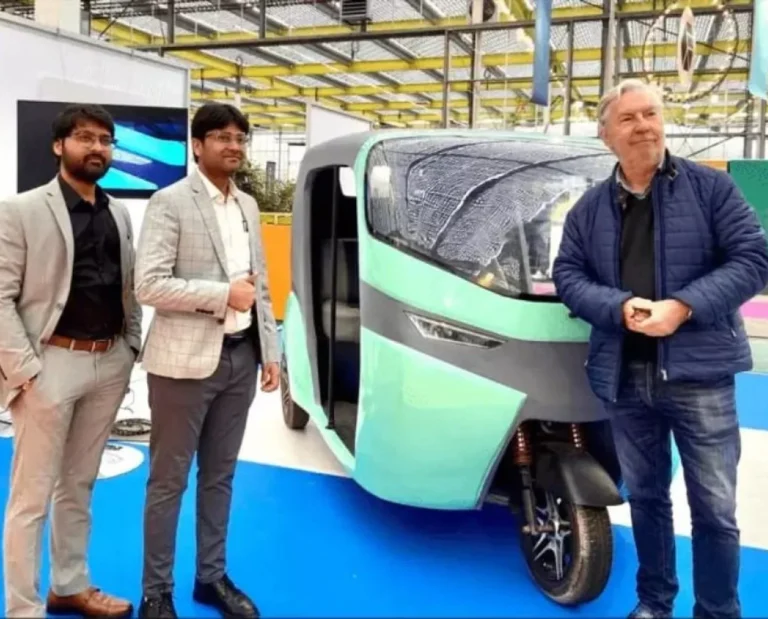
Tesla’s Carbon Credit Revenue: Driving Sustainable Profits

Table of Contents
In 2023, Tesla’s financial success was significantly bolstered by an impressive $1.79 billion in carbon credit sales, showcasing the company’s strategic position within the evolving automotive landscape. This revenue source, initially expected to dwindle as other automakers ramped up their electric vehicle (EV) offerings, has defied predictions, positioning Tesla as a key player not just in EV production but also in the burgeoning carbon credit market. The company’s ability to maintain and even grow this revenue stream highlights its leadership in clean energy and environmental sustainability.
Tesla’s resilience in sustaining carbon credit revenue also underscores its broader commitment to clean energy initiatives. While the automotive sector grapples with the transition to greener technologies, Tesla has capitalized on the financial and environmental benefits of carbon credits, solidifying its role as both a leader in EV innovation and an advocate for sustainable business practices. This ongoing success proves that Tesla’s investment in renewable technologies and carbon reduction strategies is not just an environmental imperative but also a lucrative business model.
The Lucrative Business of Carbon Credit Sales
Tesla’s reliance on carbon credit sales as a major source of revenue exemplifies its innovative approach to sustainable profitability. By selling regulatory credits to other automakers who are struggling to meet emissions standards, Tesla has created a unique revenue stream that capitalizes on market demand while minimizing additional production costs. This strategy not only strengthens Tesla’s financial position but also helps drive the broader electric vehicle (EV) transition by encouraging other manufacturers to adopt cleaner technologies.
The sale of carbon credits results in almost pure profit for Tesla, making it a highly efficient business model. As traditional automakers face pressure to meet stricter emissions regulations, Tesla has positioned itself as a key player in the carbon credit market, leveraging its early leadership in electric vehicle production. This strategy allows the company to generate significant income while continuing to invest in its clean energy initiatives, underscoring its dual commitment to both environmental sustainability and financial growth.
Maintaining Financial Resilience Amidst Competition
Despite the increasing competition, particularly from China’s BYD, Tesla’s position as a dominant force in the electric vehicle (EV) market remains strong. While BYD’s significant vehicle production presents a competitive challenge, Tesla’s unwavering commitment to producing all-electric vehicles gives it a distinct edge in an industry where hybrids still dominate. Tesla’s singular focus on fully electric models allows it to maintain its leadership in the transition to zero-emission mobility, setting it apart from rivals that still rely on hybrid technology as a bridge.
Tesla’s ability to maintain its market leadership can also be attributed to its innovative technology, including its Autopilot systems, charging infrastructure, and energy storage solutions. While BYD’s hybrid models may offer a temporary solution for consumers transitioning to greener vehicles, Tesla’s emphasis on a completely electric future ensures its continued relevance in the rapidly evolving automotive industry. With its strong brand, cutting-edge innovation, and expanding global presence, Tesla remains poised to shape the future of clean transportation.
Navigating Regulatory Challenges and Government Initiatives
Tightening emissions regulations in key markets like Europe and the United Kingdom present both obstacles and opportunities for Tesla. While these regulations increase pressure on automakers to reduce emissions, they also create a growing demand for carbon credits, positioning Tesla favorably for continued profitability. Government initiatives, such as the $623 million in grants to promote EV growth in the U.S., further support Tesla’s expansion efforts.
Tesla’s remarkable success in generating substantial revenue from carbon credit sales not only bolsters its financial performance but also reinforces its commitment to sustainable transportation. Despite facing competition and regulatory challenges, Tesla’s dedication to clean energy initiatives positions it well for continued growth and leadership in the EV sector. As the automotive industry evolves and the global focus on reducing carbon emissions intensifies, Tesla’s innovative approach to sustainable profitability ensures its enduring relevance in the market.







